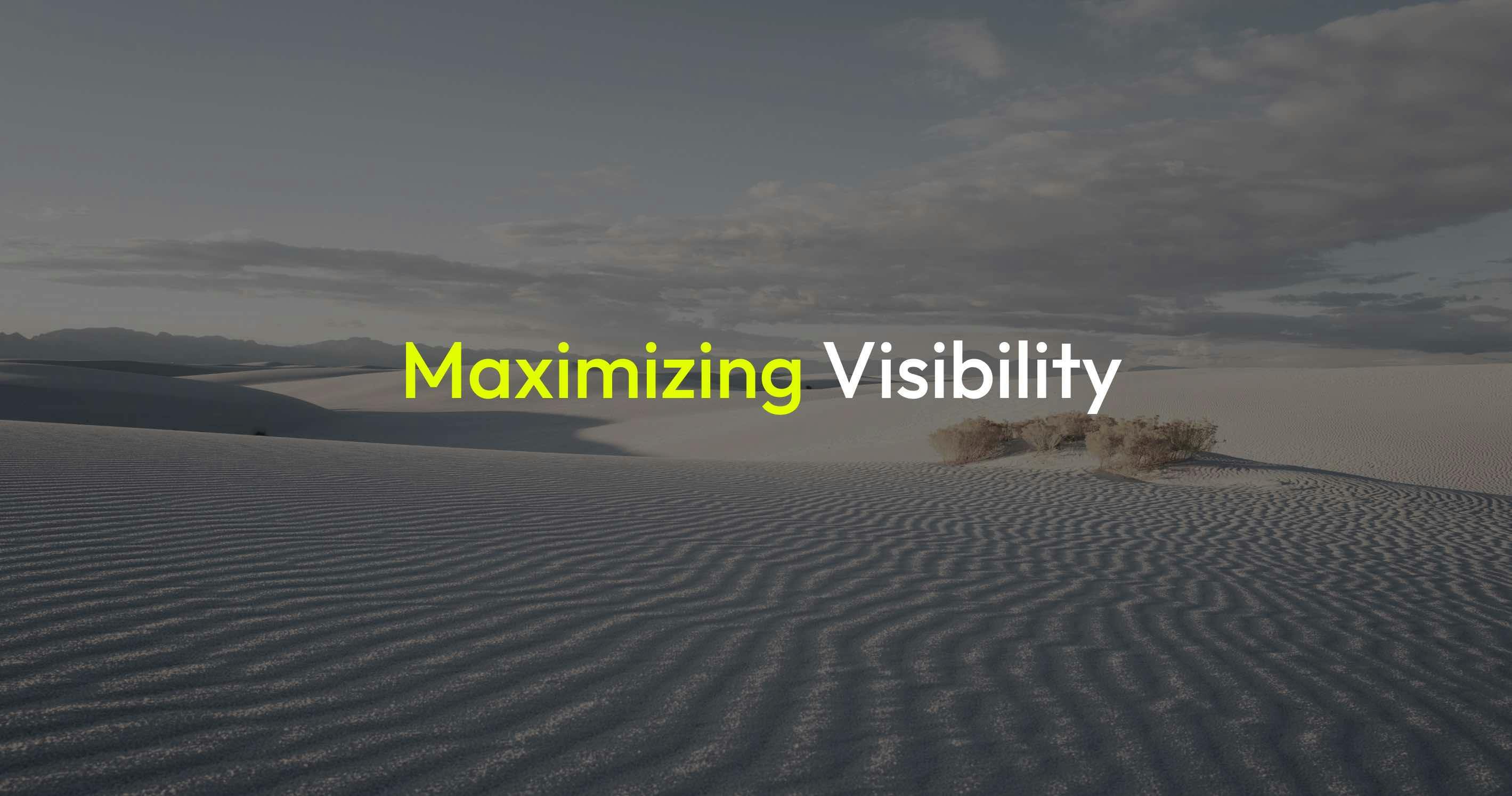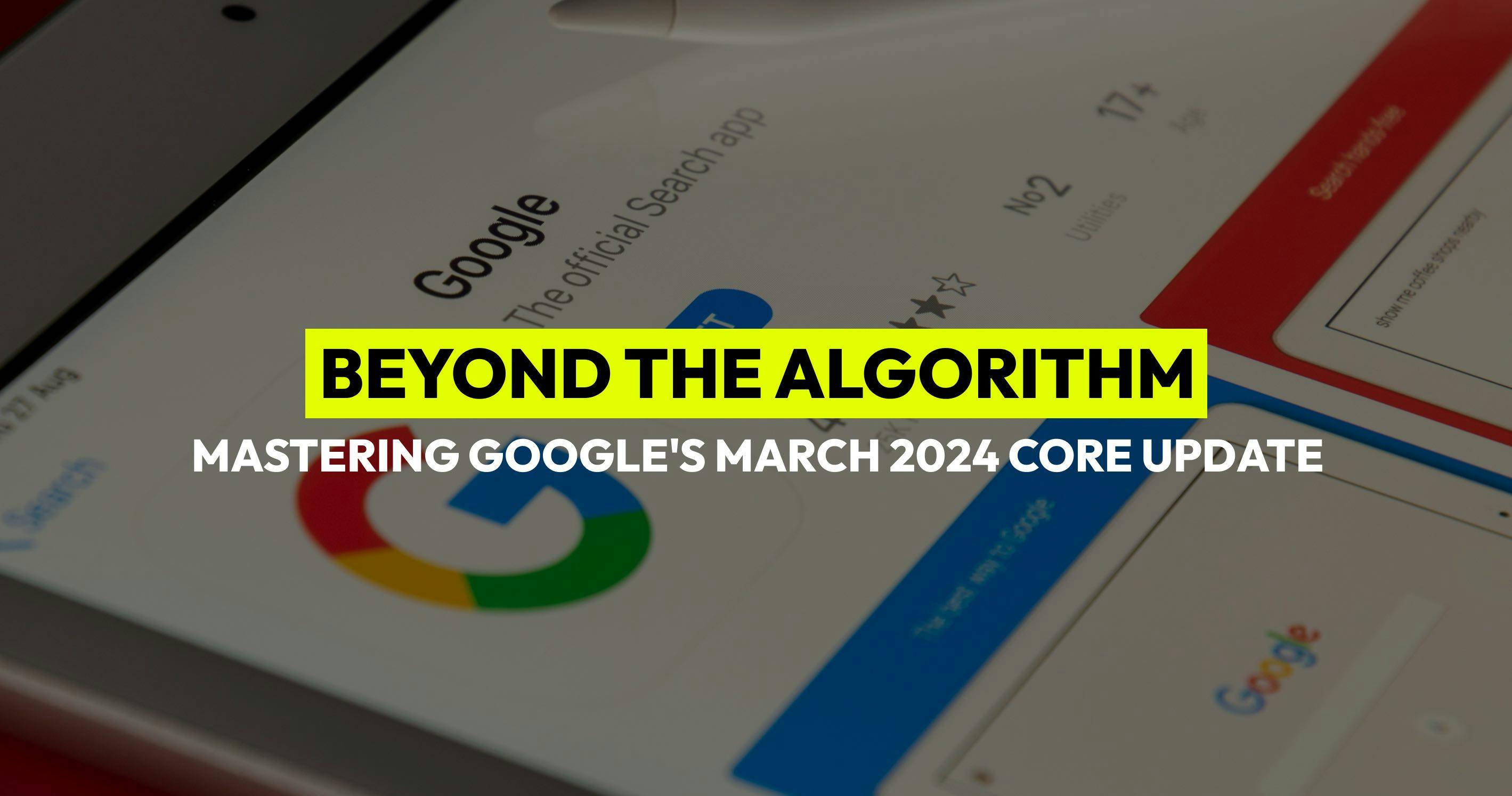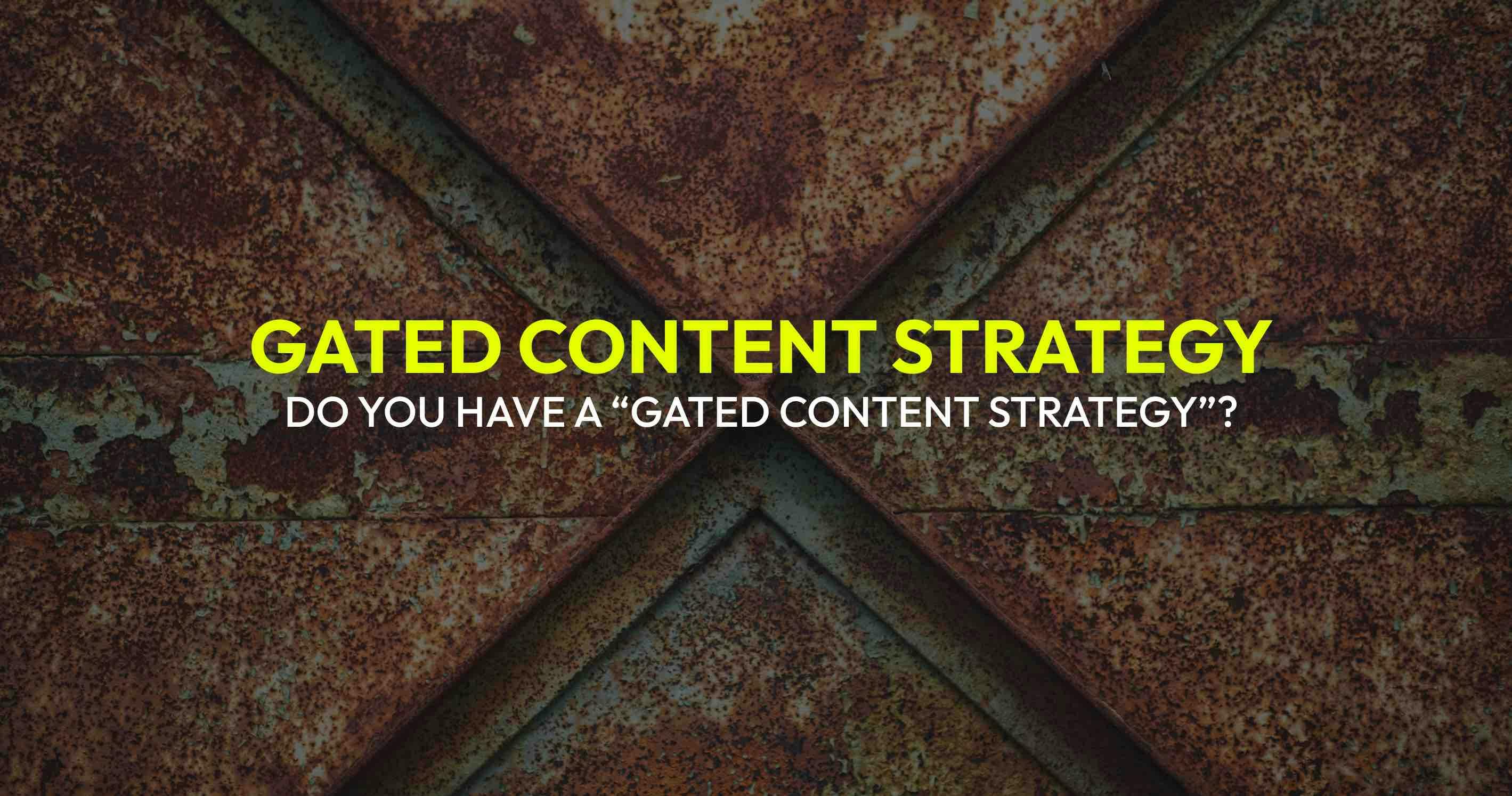Navigating the dynamic terrain of publishing demands more than just stellar content; it's also about strategic timing. A yearly editorial plan is pivotal in this arena. It empowers publishers to not only stay pertinent but also forge deep connections with their audience, ensuring that their content is not only timely but also profoundly impactful. Through meticulous planning, publishers can elevate their regular offerings into a tactical asset that strikes a chord with their audience throughout the year.
The Vital Role of a Yearly Editorial Plan
What exactly is a yearly editorial plan, and why is it essential in your content strategy? It transcends a mere schedule; it’s a visionary guide harmonizing your content with audience predilections and seasonal nuances. This anticipatory approach is key to creating narratives that are not just apt but also resonate profoundly with the audience’s current state of mind and interests.
Blending General and Niche Events
Incorporating well-known holidays and seasonal shifts is foundational for any editorial calendar, but the real mastery lies in integrating niche-specific events tailored to your unique audience. For example, a tech-focused publisher may highlight key tech launches or industry events. This section will illustrate how to seamlessly amalgamate these diverse events, elevating your content’s relevance and allure.
Pinpointing Pertinent Dates and Events
Identifying dates that align with your audience’s passions can be transformative. This segment delves into techniques like social listening, historical traffic analysis, and audience surveys to identify these crucial dates. A mini-calendar spotlighting key dates across various sectors will serve as a practical reference for publishers.
Thematic Content Creation Around Key Dates
Crafting engaging thematic content around specific dates can significantly boost reader involvement. This part will offer inventive strategies for developing varied content formats around these dates, from comprehensive articles and engaging videos to dynamic infographics, ensuring your content palette remains vibrant and diverse.
Embracing Flexibility and Spontaneity in Planning
Gone are the days of inflexible calendars. The current digital landscape necessitates adaptability. This segment emphasizes the need for 'breathing room' in your plan for spontaneous trends or unforeseen events, keeping your content agile and relevant.
Maximizing Interaction through Social Media and Polls
A robust editorial calendar should seamlessly integrate with your social media strategy. By aligning your content with trending topics and timely hashtags on platforms like Twitter, Instagram, and LinkedIn, you can amplify your reach and spark discussions. Consider crafting posts that directly reference or link back to your scheduled content, creating a cohesive online presence.
Incorporating polls into your content strategy can be a powerful way to engage your audience actively. Use these tools to gather opinions on upcoming topics, gauge interest in various content formats, or simply to understand your audience better. These insights can inform your content planning, ensuring it resonates with your readers.
Fostering User-Generated Content
Encourage your audience to contribute their own content. This could be in the form of guest blog posts, reader-submitted stories, or photo contests related to your publication’s theme. User-generated content not only diversifies your content but also gives your audience a sense of ownership and connection with your brand.
Interactive Content for Enhanced Participation
Consider creating interactive content like quizzes, Q&A sessions, or live-stream events that align with your editorial calendar. For instance, if you have an article about the latest technology trends coming up, host a live Q&A session with an expert in the field. This approach can turn your content into a dynamic experience rather than a static read.
Utilizing Analytics for Agile Adjustments
Remember, an effective editorial calendar is flexible. Regularly review your content’s performance and be ready to make adjustments based on what’s resonating with your audience. Use analytics to track engagement and tweak your calendar accordingly. This agility ensures that your content stays relevant and engaging throughout the year.
Conclusion
A yearly editorial plan is more than a structured agenda – it's a versatile tool that syncs with your publication's cadence and your audience’s heartbeat. Its advantages extend beyond organization, nurturing a stronger bond with your readership.
Have you crafted an editorial calendar that delivered exceptional results? We’d love to hear your stories and advice. For those embarking on this journey, join us for ongoing insights into effective content strategies. Start designing a calendar that transforms each day of the year into a window of opportunity.











